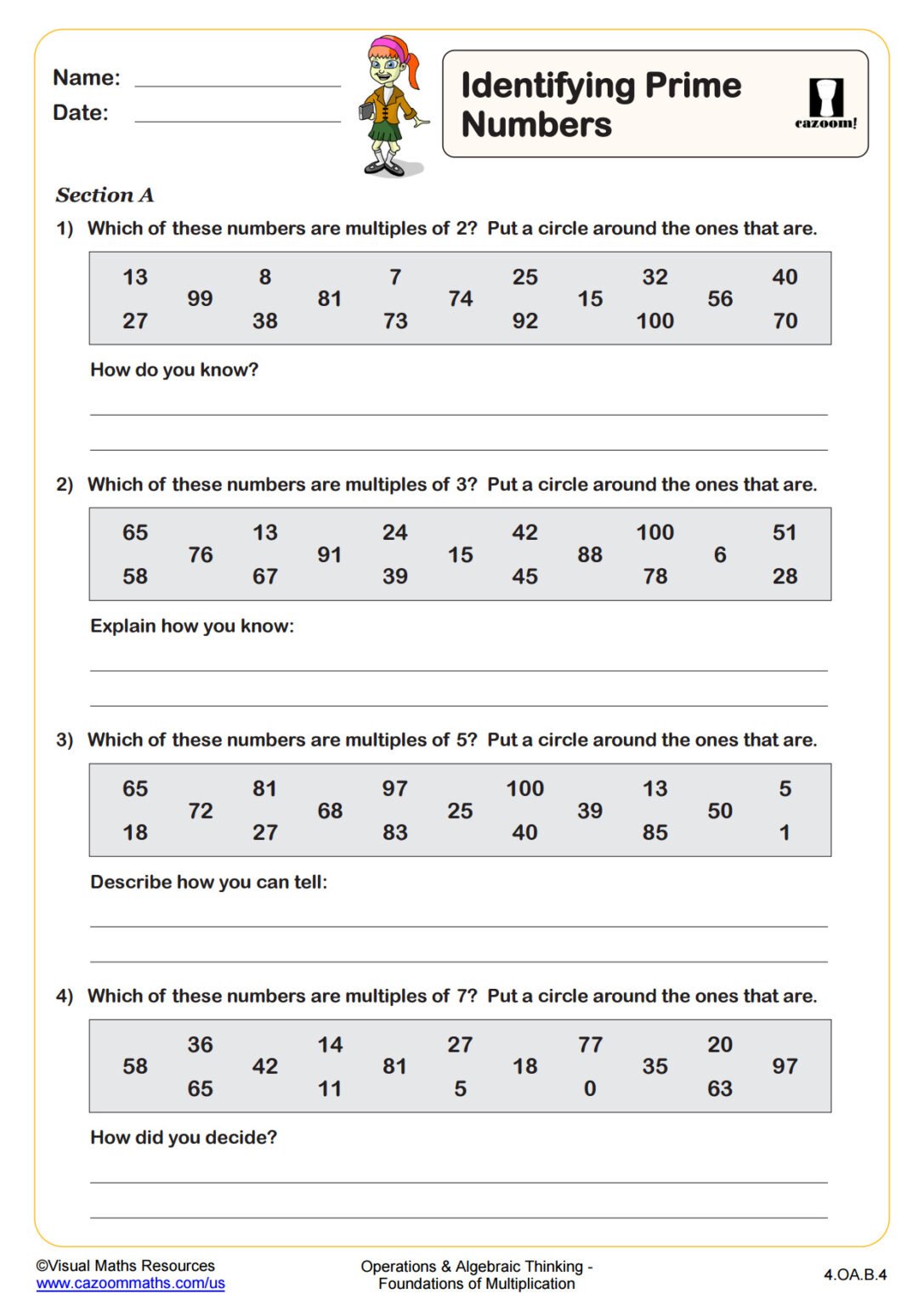Middle Managers: Bridging The Gap Between Leadership And Workforce

Table of Contents
The Critical Role of Middle Managers in Communication
Effective communication is the cornerstone of any successful organization, and middle managers serve as the crucial conduits for information flow. They translate top-down directives from senior leadership, ensuring clarity and understanding among their teams. Simultaneously, they act as the voice of the workforce, relaying bottom-up feedback to leadership. This two-way communication is essential for organizational agility and responsiveness.
-
Importance of Clear, Consistent, and Transparent Communication: Ambiguity breeds confusion and inefficiency. Middle managers must prioritize clear, concise communication, utilizing various channels to reach their teams effectively. Consistency in messaging ensures everyone is on the same page. Transparency builds trust and fosters a collaborative environment.
-
Challenges of Effective Communication: Information distortion, a common problem, can occur as messages travel up and down the organizational hierarchy. Lack of regular feedback mechanisms can also hinder effective communication. Siloed communication, where information is not shared across teams, also creates significant barriers.
-
Best Practices for Effective Communication: Implementing strategies such as regular team meetings, open-door policies, and anonymous feedback surveys can significantly enhance communication. Utilizing multiple communication channels, including email, instant messaging, and face-to-face interactions, ensures wider reach and caters to different communication preferences.
Middle Managers as Team Leaders and Mentors
Middle managers are not just communicators; they are also team leaders and mentors. Their effectiveness in leading, motivating, and developing their teams directly impacts the organization's overall performance.
-
Effective Delegation and Empowerment: Successful middle managers delegate effectively, empowering their team members to take ownership and develop their skills. This fosters autonomy and boosts morale.
-
Building Strong Team Cohesion: Creating a positive and supportive work environment is critical. Team-building activities, open communication, and recognizing individual contributions build strong team cohesion and boost morale.
-
Mentorship and Coaching: Middle managers play a vital role in mentoring and coaching their team members, providing guidance, support, and opportunities for professional growth. This contributes to employee retention and development of future leaders.
-
Successful Team Leadership Techniques: Techniques such as regular one-on-one meetings, setting clear goals and expectations, providing constructive feedback, and celebrating successes are essential for effective team leadership.
Performance Management and Accountability in the Middle Management Layer
Middle managers are directly responsible for setting performance goals, monitoring progress, and providing feedback to their teams. This requires a strong understanding of performance management principles and the ability to hold team members accountable.
-
Setting Clear Expectations and Regular Performance Reviews: Clearly defined goals and regular performance reviews ensure that team members understand expectations and receive timely feedback on their progress.
-
Utilizing Key Performance Indicators (KPIs): Tracking progress towards goals using KPIs provides objective data to assess performance and identify areas for improvement.
-
Accountability in Achieving Organizational Objectives: Middle managers must hold themselves and their teams accountable for achieving organizational objectives. This requires transparency, clear communication, and a results-oriented approach.
-
Addressing Performance Issues: Effectively addressing performance issues requires fairness, constructive feedback, and a focus on improvement. Providing support and resources, rather than solely focusing on punishment, is crucial for improvement.
The Challenges Faced by Middle Managers and Solutions
Middle managers often face significant challenges that can impact their effectiveness and well-being. Understanding and addressing these challenges is critical for supporting their success.
-
Conflicting Priorities: Balancing multiple priorities and competing demands from above and below can lead to stress and burnout. Effective time management and prioritization skills are crucial.
-
Pressure from Above and Below: Middle managers are often squeezed between the demands of senior leadership and the needs of their teams. Effective negotiation and communication skills are needed to navigate these pressures.
-
Limited Resources: Often, middle managers work with limited resources, requiring them to be resourceful and creative in finding solutions.
-
Solutions: Providing leadership training, professional development opportunities, and access to resources such as stress management programs, conflict resolution training, and mentorship opportunities can significantly alleviate these challenges and improve work-life balance.
Conclusion
Middle managers are undeniably the cornerstone of a high-performing organization. Their ability to effectively communicate, lead their teams, manage performance, and navigate challenges directly impacts organizational success. By investing in their development through training, mentorship programs, and effective communication strategies, organizations can unlock their full potential. Invest in your middle managers – they are the cornerstone of a high-performing organization. Effective middle management is essential for bridging the gap and achieving sustainable success.

Featured Posts
-
 Elite Universities And The Fight For Funding A Trump Era Analysis
Apr 24, 2025
Elite Universities And The Fight For Funding A Trump Era Analysis
Apr 24, 2025 -
 Credit Card Companies Feel The Pinch Consumers Cut Back On Nonessential Spending
Apr 24, 2025
Credit Card Companies Feel The Pinch Consumers Cut Back On Nonessential Spending
Apr 24, 2025 -
 Instagram Challenges Tik Tok With Powerful New Video Editing App
Apr 24, 2025
Instagram Challenges Tik Tok With Powerful New Video Editing App
Apr 24, 2025 -
 Identifying Prime Business Locations A Map Of The Countrys New Hot Spots
Apr 24, 2025
Identifying Prime Business Locations A Map Of The Countrys New Hot Spots
Apr 24, 2025 -
 Competition Heats Up Instagram Unveils Video Editing App To Lure Tik Tok Users
Apr 24, 2025
Competition Heats Up Instagram Unveils Video Editing App To Lure Tik Tok Users
Apr 24, 2025
